We arrived in Fremantle, Perth’s port, on Friday from where I was taking the ferry across to Rottnest Island and where I was hoping to see a ‘quokka’ for which the island is famous.
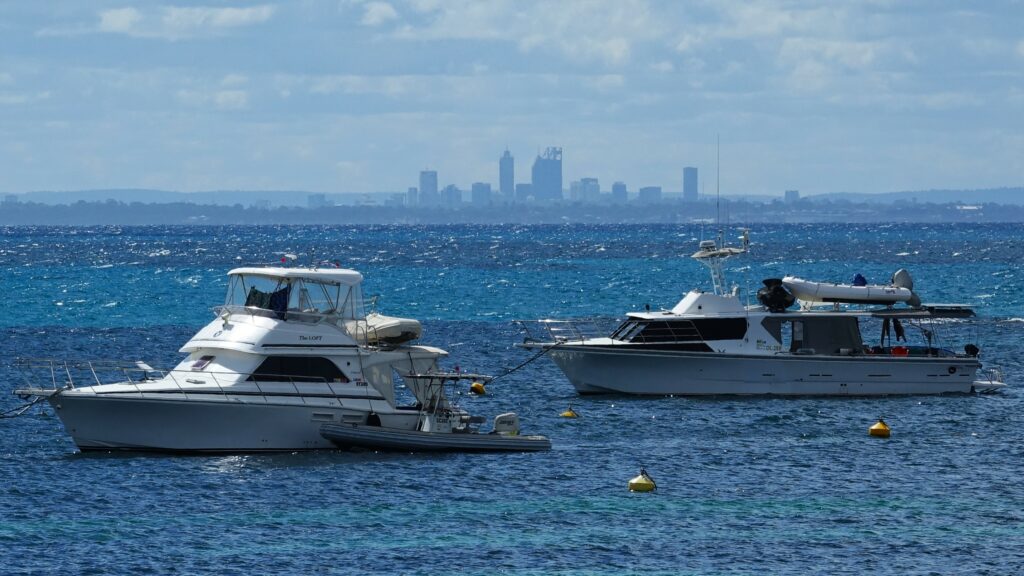
Salt lakes occupy a significant portion of the island’s landscape. While they add to the island’s charm, their very high salt content makes them unsuitable for bathing.
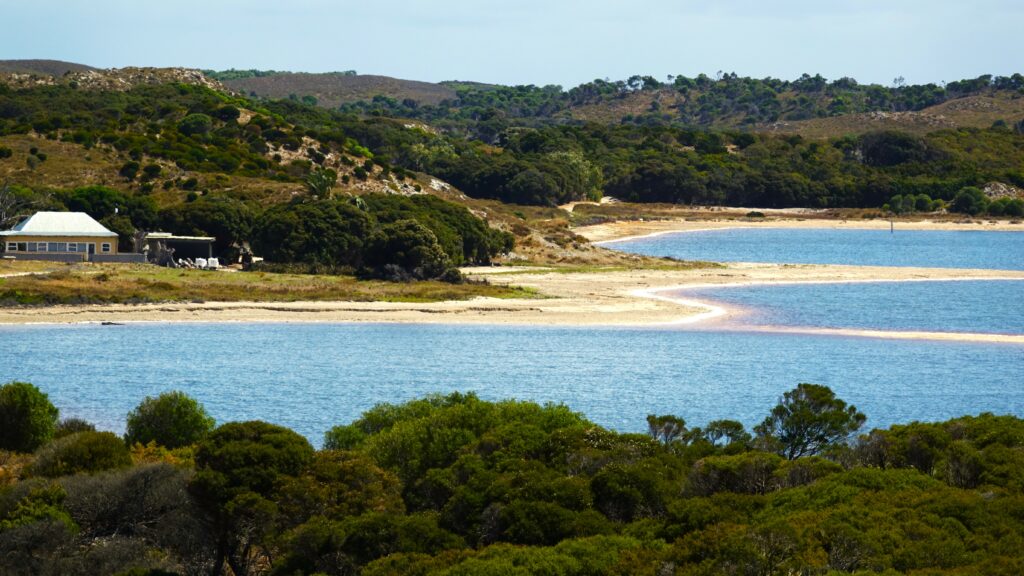
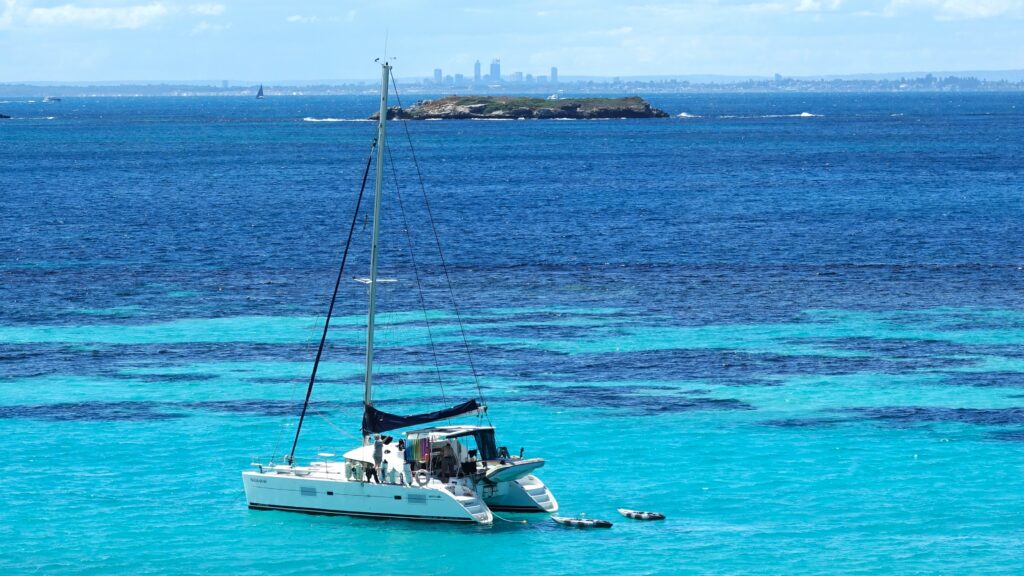
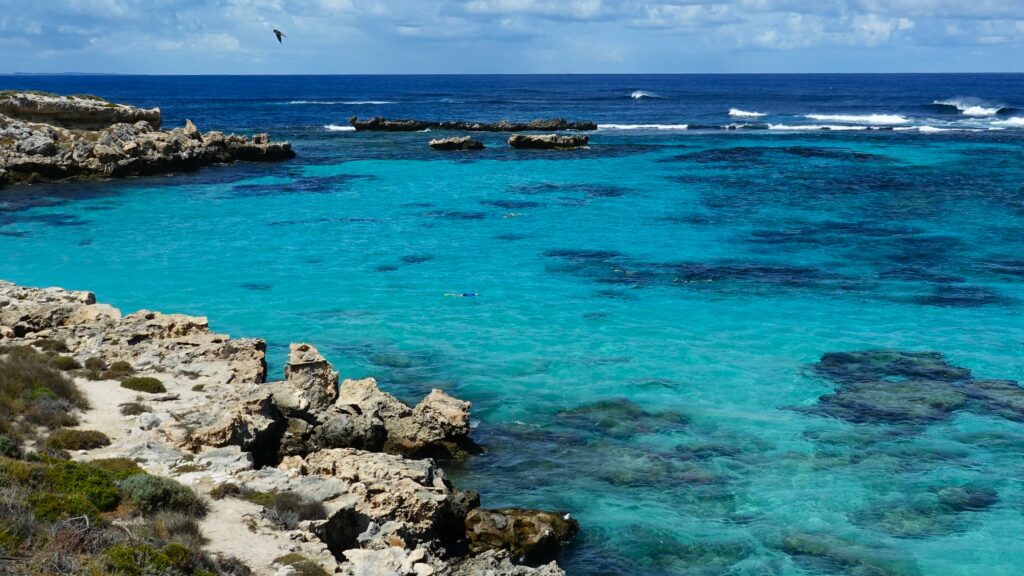
All around the coast there are small inlets and beaches, ideal for swimming.
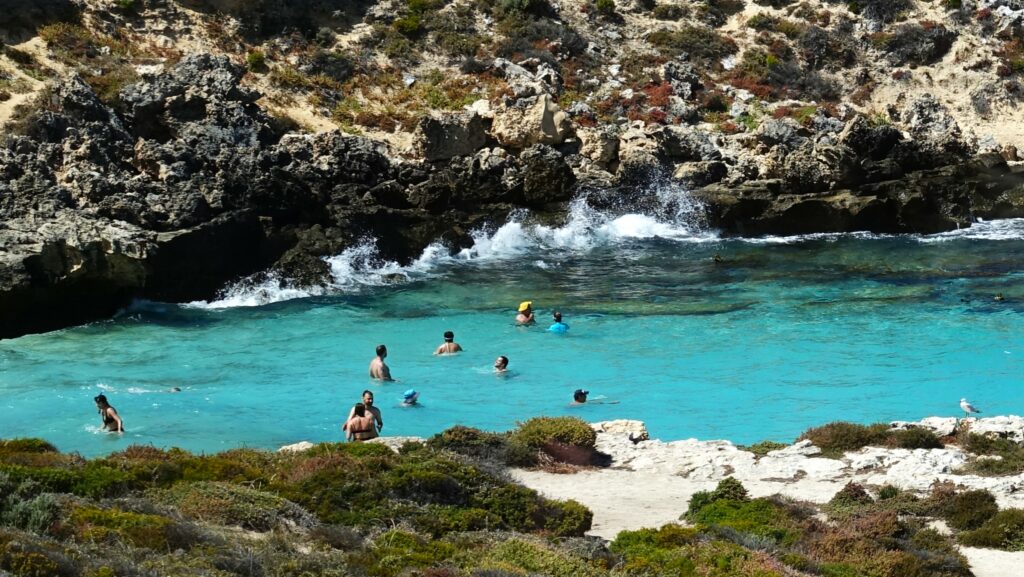
We saw two osprey nests on coastal rocks surrounded by seawater.
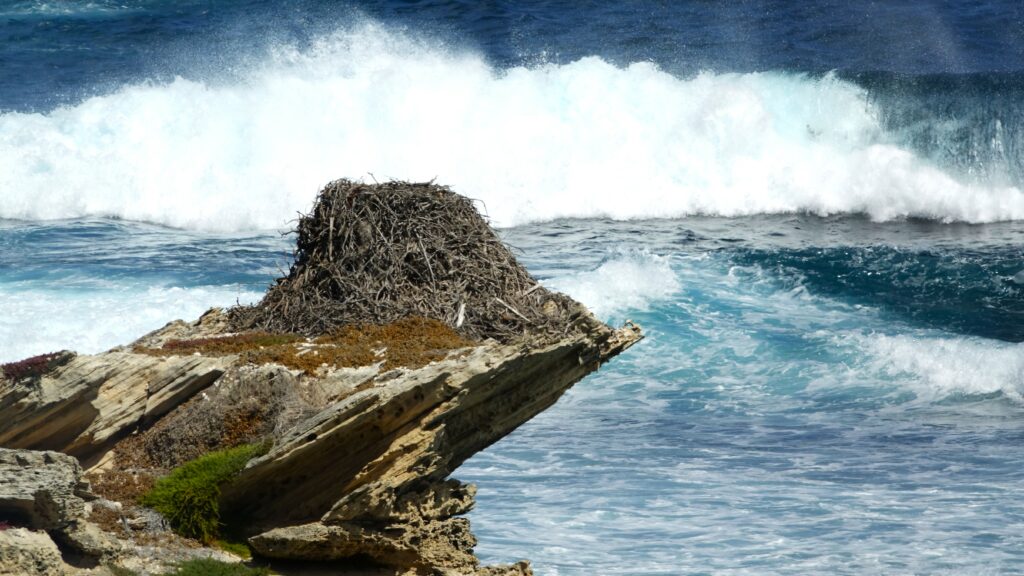
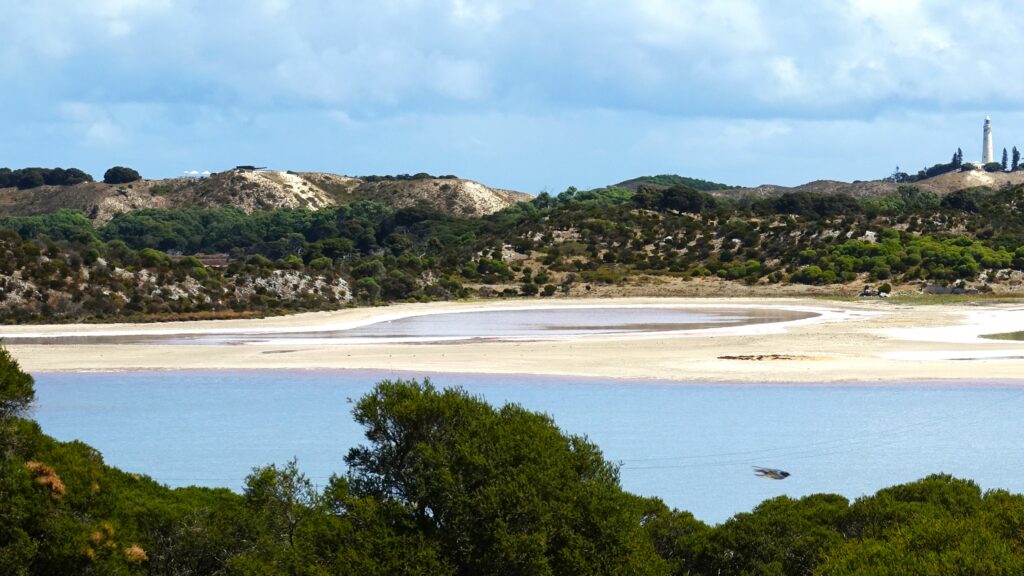

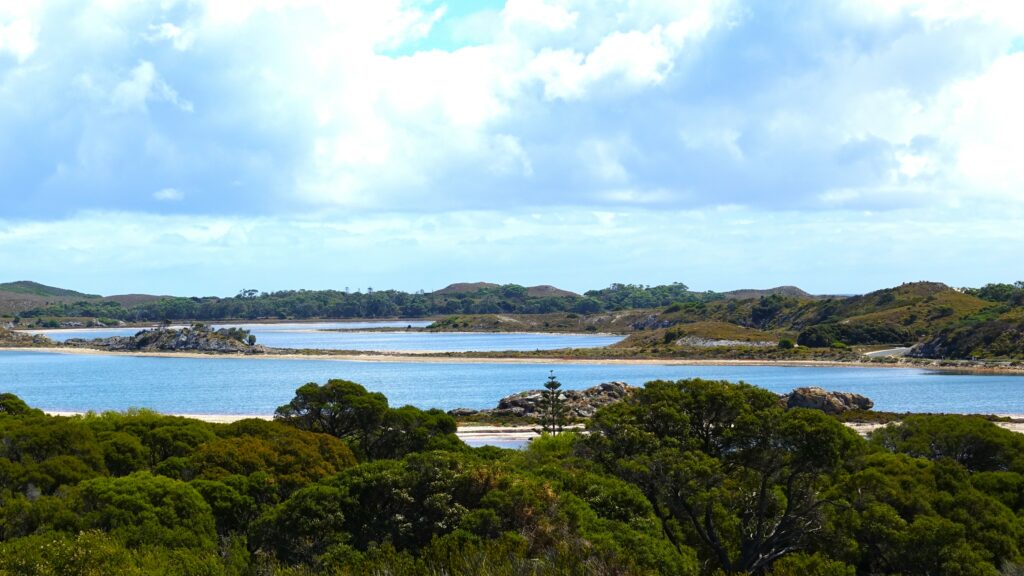

Quokkas
Quokkas are delightful creatures about the size of small cats. The name Rottnest Island was given by early Dutch explorers because they thought quokkas were large rats. In fact they are marsupials, related to wallabies, with pouches to carry their young.
Rottnest Island is one of just two islands in the world where they are found in the wild, and is the only island where visitors are allowed.

They have no predators and generally ignore humans close to them although they have been known to bite the ear of someone trying to get a selfie with one looking over their shoulder.
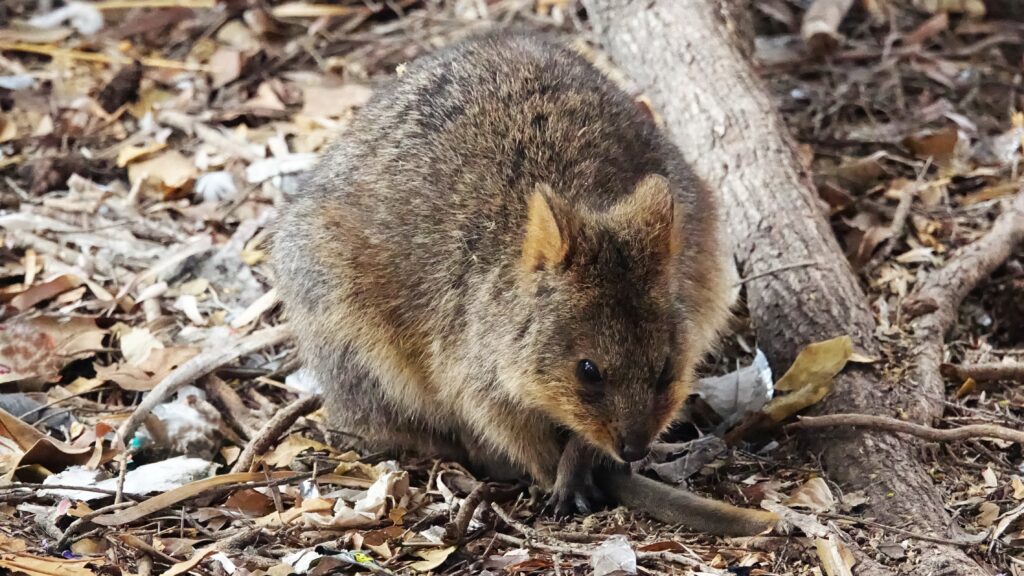
There are about 10,000 on the island and many stray into populated areas.


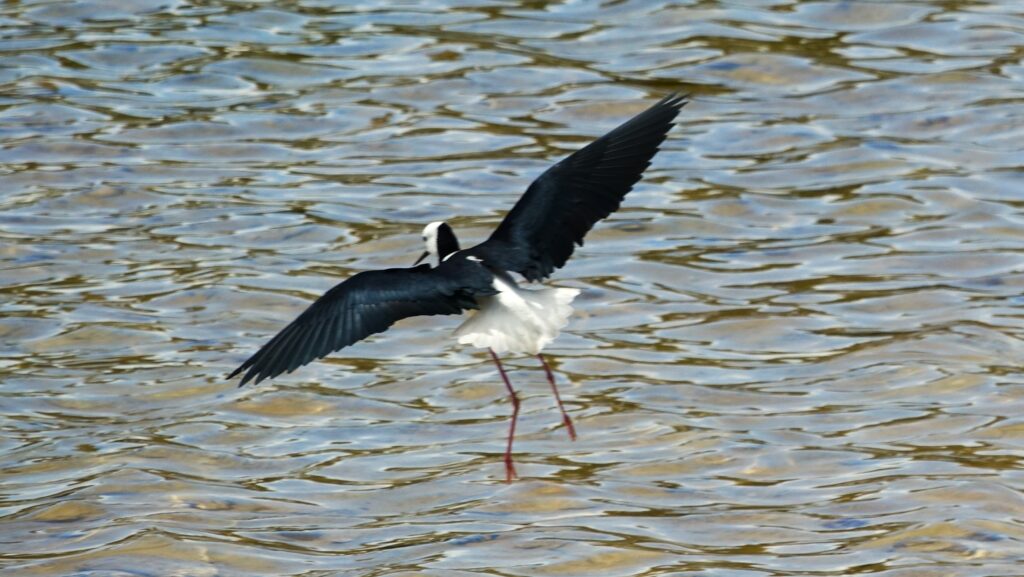


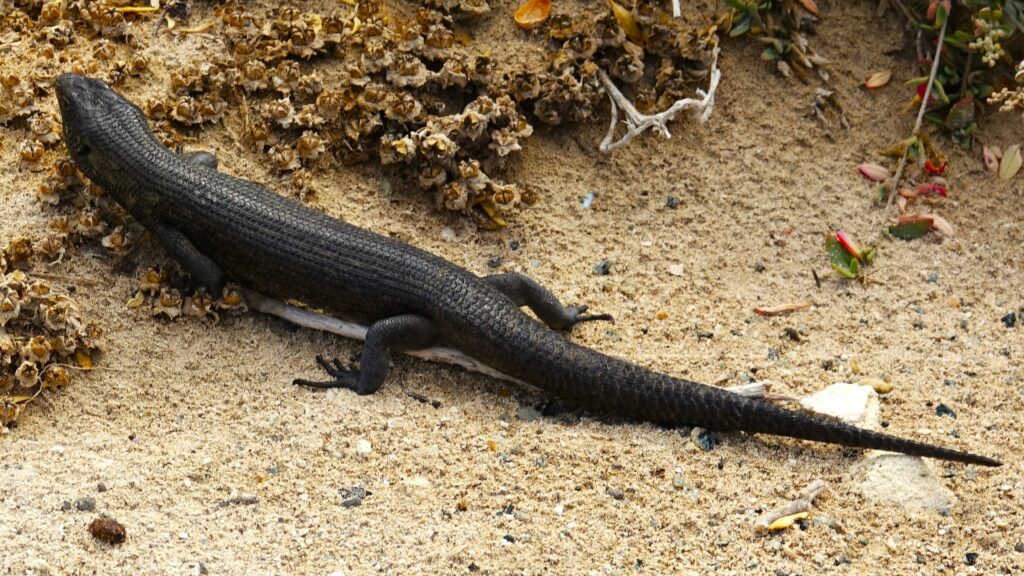
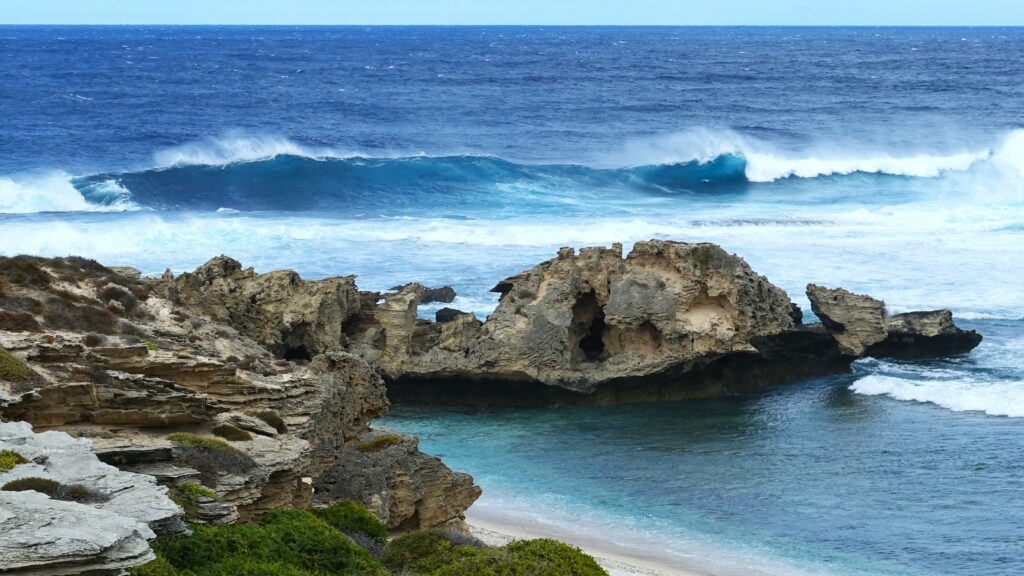
I travelled with a fellow passenger, Mike, whose career had been in geology. He explained that the island is predominantly composed of a rare type of limestone. Unlike typical limestone, which forms underwater from the remains of dead coral and marine creatures, this variety was created by wind-swept coral fragments. These fragments settled into sand dune-like formations during a period when sea levels dropped, exposing coral beds.
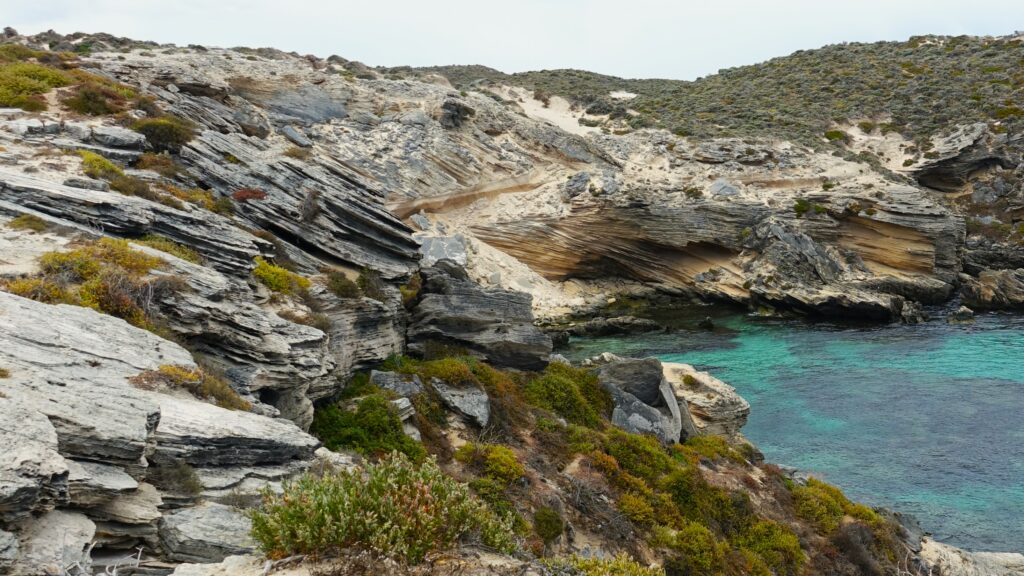
We passed the wreck of the Shark a hopper barge that was scuttled in 1939. This is a popular site for snorkelling.
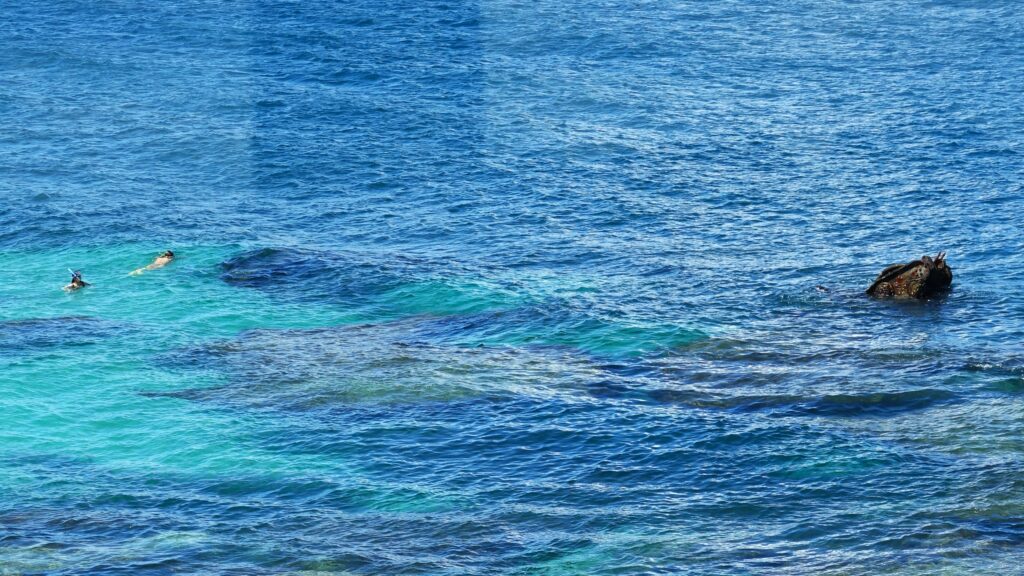
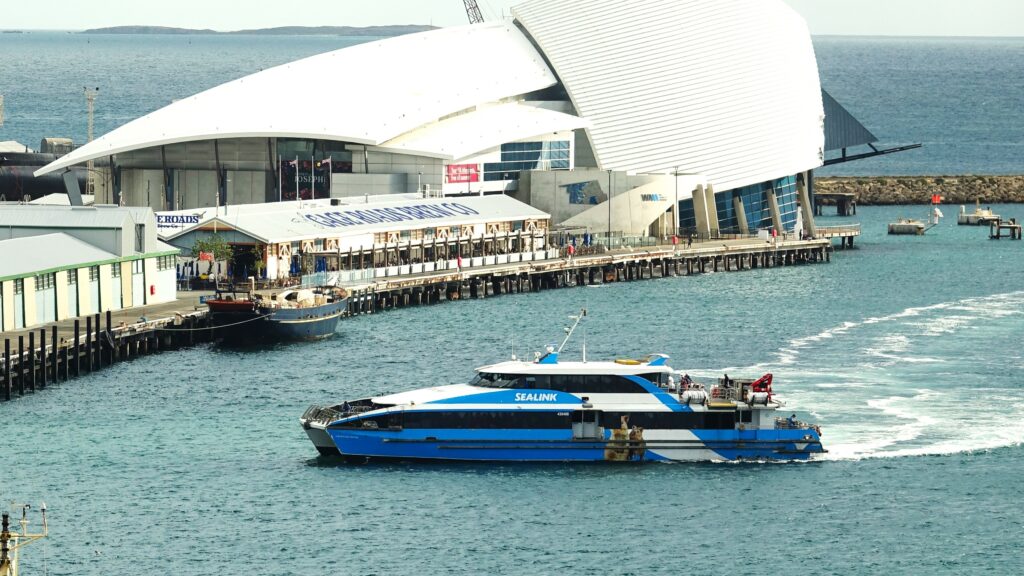
We set sail on Friday evening heading out into the Indian Ocean on our way to Mauritius. It will be eight days, i.e. our longest sea voyage, before we next see land.
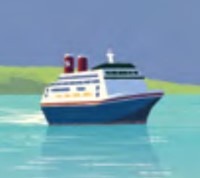
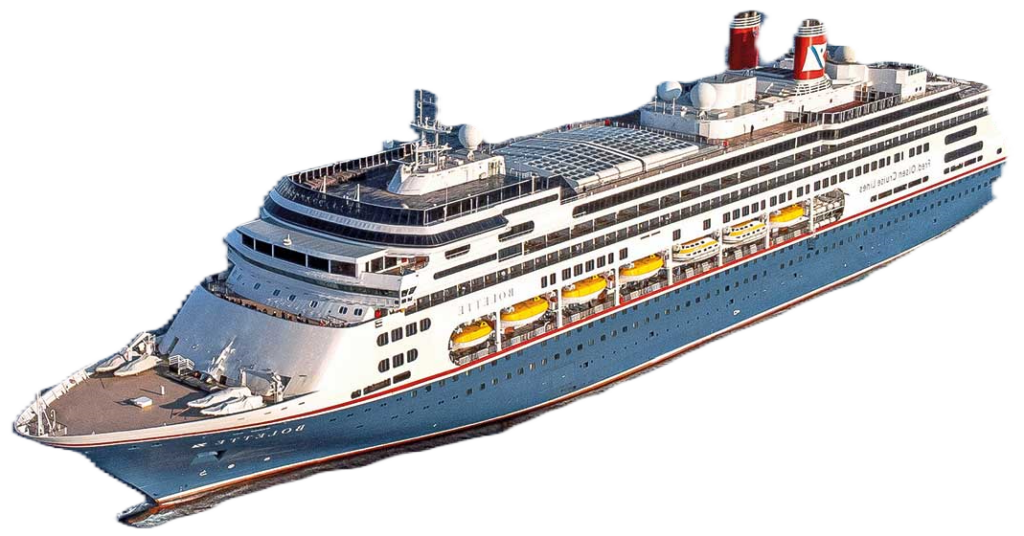
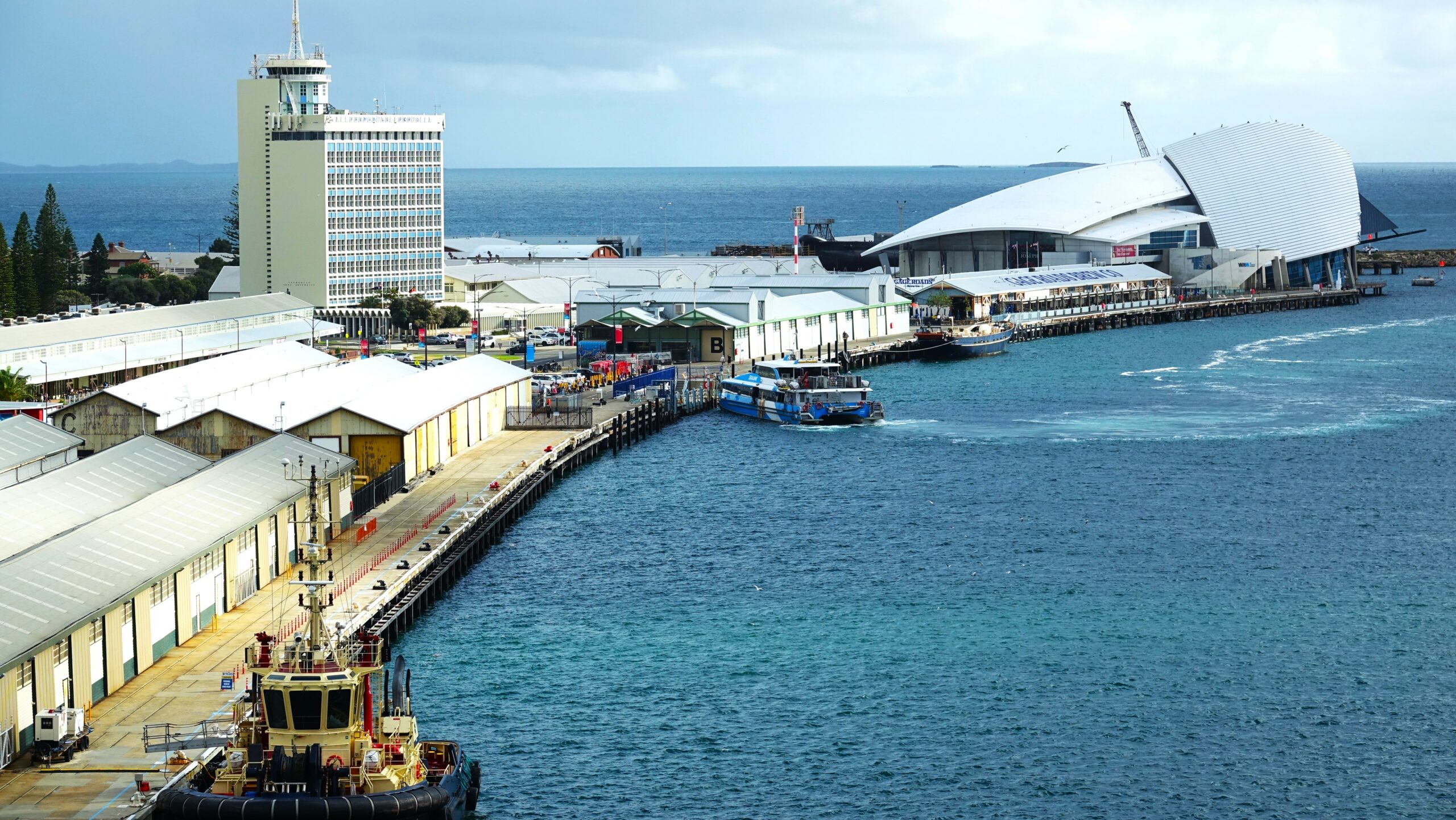
Leave a Reply